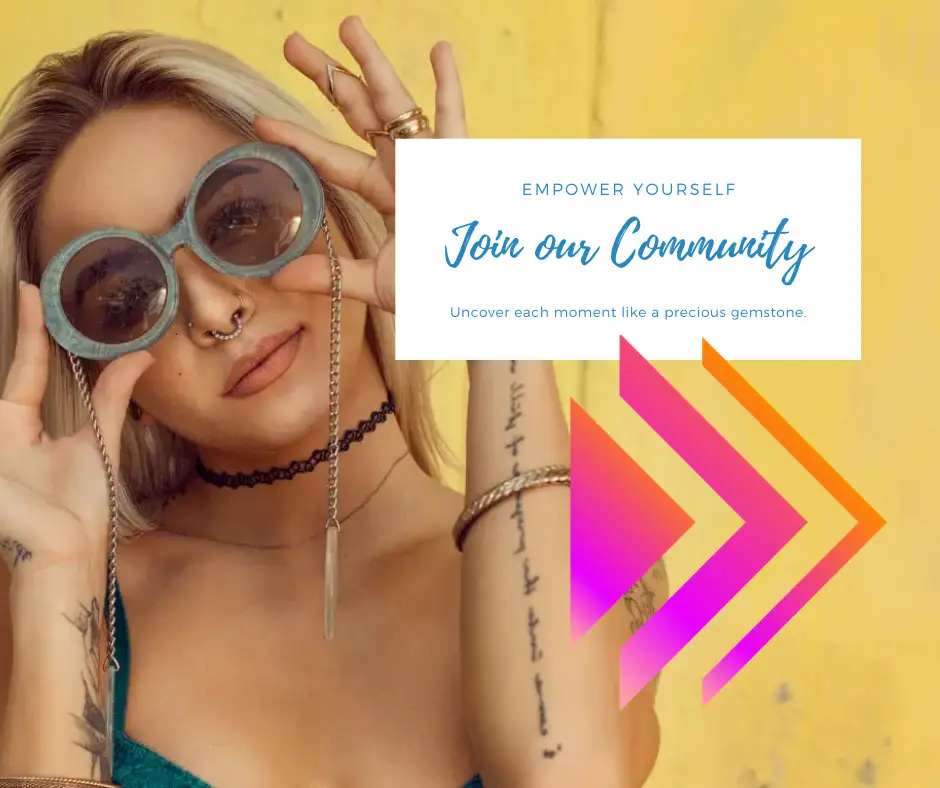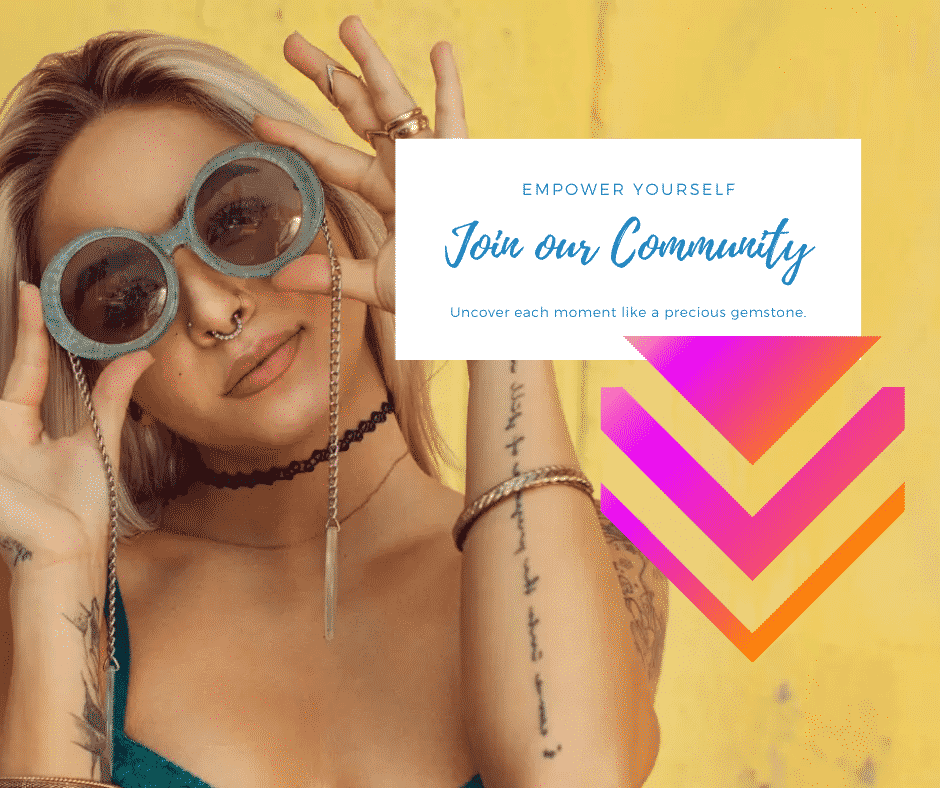Women's Rights Nonprofit Mission
We are an uplifting Nonprofit Foundation focusing on Women’s Rights initiatives in the United States of America. We aim to build hope in local communities to acquire equal pay in the workforce for women in all professions. We support women’s rights to promote fair salaries for all women. We aim to eliminate the bullying of women in all environments.
Women are kind, loving, and nurturing by nature. We bring a unique dynamic to entrepreneurship. Leveraging our natural ability to build strong relationships in business using compassion and hard work, we have been changing the workforce for decades. #WomenPowerLove Our foundation was created to support women seeking confidence. We intend to perpetuate lasting change for all women.
It is our goal to banishing sexual harassment. We will help women earn the wages they deserve so that they are finally able to flourish organically. We represent the women of our future generations so that 100 years from now, all women are truly equal. Let us RISE together! #GirlPower
SOCIAL MEDIA
OUR STORY
This foundation was created to inspire women of all ages to build healthy communities through the support of Women’s Rights legislation. So many women shamefully have experienced bullying, sexual harassment, and less than comparable wages at one time or another in their lives. Why does an ethical woman has to struggle to be successful? Most women face additional barriers over men based on their natural ability to bear children. The road to gaining equal pay for women is paved with judgment by men. If we work together and support one another, we will overcome this financial pay gap. In our research, we found that prevalently, men in technology, health, and other verticles still get paid 30-50% more than women. We will end inequality in the workforce.
In 1919 the men of America started the process to grant women equal rights. On August 18, 1920, the 19th amendment gave women the right to vote. The 19th amendment guarantees all American women the right to vote. This, a significant victory that took decades of agitation and protests to accomplish. Here we are 100 years later, and we are still not paid equally. I formed this foundation in September of 2017 We are founded by women to support female youth in our communities
We are in the early stages of building this online community where people can share their stories of empowerment to inspire others. We have the vision to empower all women, and we believe in the future, this website will be a resource to connect all women and build strength through mentorship and education.
As women who work just as hard as men, we deserve equal pay. Therefore, we are activists in the women march. We support women’s rights as a nonprofit foundation by working with schools, shelters, local chambers of commerce, and other female-driven charities.
With your support, we will banish sexual harassment and end the violence against women while we aim to eradicate the bullying of girls and women.
Women's Rights in the United States
Most women know what it’s like to be discriminated against. Even though the 19th Amendment demands that women be granted equal rights to men, we are often looked down upon, patronized, harassed, given unequal wages, or told we should only be seen and not heard.
Although it can be tiring to consider that our struggle is not over, it’s important to acknowledge that our rights are only as strong as they are because of the hard work of many women and men over the years.
The Right to Vote: Women’s Suffrage
Women’s Suffrage in the United States received its first push, strangely enough, in the United Kingdom. In June 1840, the World Anti-Slavery Conference met in London, but women delegates were denied the right to participate. Two of these women, Lucretia Mott and Elizabeth Cady Stanton, went on to be influential organizers of the drive to grant women the right to vote in the United States, organizing the first women’s rights conference in Seneca Falls, New York, eight years later.
It was at the Seneca Falls Conference that the suffrage movement in the United States really began. Over the course of three days in July 1858, over 300 participants discussed the problems women faced in society of the time as well as property rights and the right to vote. Appropriately, the first day was set aside for women only, and men who showed up to support the aims of the Conference were told that they could only watch, and could not otherwise participate.
The Declaration of Sentiments, written primarily by Stanton and debated at length during the Conference, was signed by 100 of the participants, including more than 30 men. The Declaration set the agenda of the various women’s rights groups for decades to come. Interestingly, however, it almost did not include a resolution for women’s suffrage. That resolution was only kept after Frederick Douglas, a freed slave and well-known abolitionist, spoke up about the importance of the concept.
Women around the country organized and ran campaigns for national suffrage over the next three decades, but when a proposed amendment brought before Congress in 1878 was defeated they focused their efforts on suffrage at the state level instead. Campaigns in a number of states succeeded before women were finally granted the right to vote by the U.S. with the passage of the 19th Amendment in 1919 and its ratification a year later in 1920.
Women’s Rights in the Trump Era: The Women’s March
Nearly one hundred years after women earned the right to vote, the election of America’s 45th president, Donald Trump, sparked huge protests across the country. Countless people felt they had no choice but to act in response to his discriminatory remarks against women and minorities, perceived lack of ethics, and pandering to the super-rich in the United States and abroad.
Women’s rights, in particular, were seen as under threat. In response, several individuals organized marches using Facebook to protest. The largest of these began to coordinate their efforts, and the result was a massive march in Washington, D.C., which took place the day after Trump’s inauguration and drew more than 200,000 protestors. It was joined by sister marches across the globe, with the estimated total participants numbering between 3 and 5 million in the United States alone.
More than just a march to protest the erosion of respect for women, the first Women’s March demanded reproductive rights, an end to discrimination based on gender, religion, race, or sexual and gender identity, rights for workers, and reform in immigration and health care. That broad focus has remained central to the new organization, with their website defining them as “a women-led movement providing intersectional education on a diverse range of issues.”
Since the first march in 2017, the organization has hosted a global march each year. Although these marches did not draw the attention or the crowds of the first, they show that women in the United States remain passionate about their place in society and their inalienable rights.
You Can Make a Difference!
Women have come a long way since the 1800s, but there’s always more work to do and every voice counts.
If you’re inspired by what you’ve read in this article, take action! There are as many ways to get involved, join a march to help to organize one in your community. Call your member of congress and ask how they’re working to support women’s rights in the modern era. Even speaking up the next time you overhear a discriminatory or offensive remark can make a huge difference in someone’s life.
Whatever you choose, stay safe, stay proud and stay active. We’re with you every step of the way!


